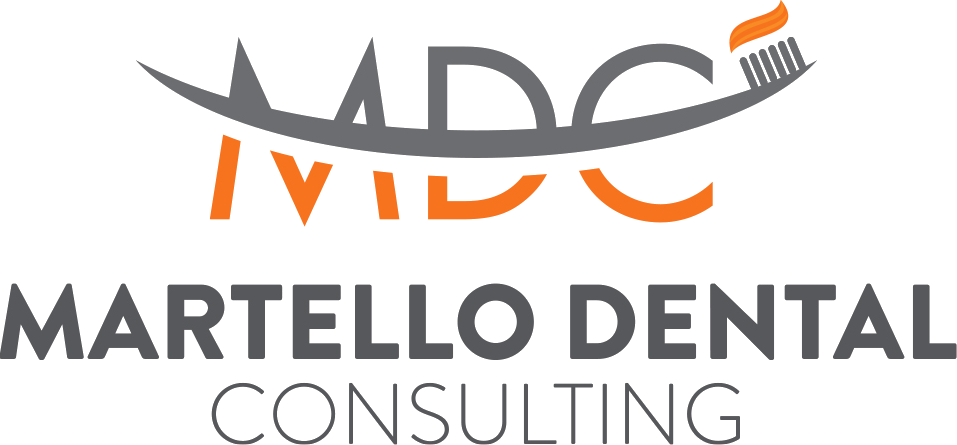Enhanced Hygiene
Create a Successful Hygiene Day Five tips hygienists need to know and do
By Tama Martello, RDH, Practice Development Coach for Enhanced Hygiene
To create a smooth visit for patients, and a more productive hygiene day for group practices, follow and incorporate the below tips into the daily routine. You’ll be guaranteed smiles and grins all month long.
Tip No. 1: Be prepared for a morning huddle
In the morning huddle, you don’t want to discuss what
treatments are already scheduled. Instead, focus on the opportunities. What opportunities might exist that aren’t scheduled? Also, when chart prepping, don’t just look for the basics like who needs an exam, but truly look beyond the exam at the patient’s wants and needs prior to them sitting in the chair.
In the morning huddle, you don’t want to discuss what treatments are already scheduled.
Instead, focus on the opportunities.
What opportunities might exist that aren’t scheduled?
Tip No. 2: Explore the opportunities
Doing your research and looking further into the patient’s opportunities is key to a successful patient visit. Ask your- self the following questions:
- Is the patient due for a FMX?
- Do they have a history of periodontal disease? If so, regardless of what their insurance covers, a FMX should be taken every 36 months.
- Are they moderate/high risk caries?
- Has orthodontia been discussed with this patient to correctly align teeth?
- Is this patient a clencher or a grinder that might need a nightguard?
- Does your patient have existing outstanding treatment?
Top No. 3: Check health history, insurance coverage and patient status
Checking the health history, insurance coverage and patient status is all part of your due diligence prior to seeing your patient. Ensure you check the health history for medications that may cause xerostomia and be prepared to talk with the patient about possible solutions.
You’ll also want to check the patient’s insurance verifi- cation of co-pay for fluoride and sealants and be prepared to discuss why your patient might need these treatments. If scaling and root planning (SCRP) was performed pre- viously and they might need it again, check to see when the insurance was last billed.
Lastly, ensure you know if the patient is new to the practice or if the patient has been seeing one specific doctor. If a different doctor is scheduled, make sure you introduce them so both the doctor and patient are at ease.
Tip No. 4: Have discussions with your patient When you have your patient in the chair, this is your time to educate and explain what they might need and want during their visit and afterwards. Discuss any outstanding treatment that is documented and take a new intra-oral photo of that area. This way, you’ll have updated infor- mation for the doctor to discuss next steps and a possible same-day treatment plan with the doctor.
If the patient is a periodontal maintenance patient and there is still pocketing with bleeding on probing (BOP), explain to the patient they might need further procedures such as SCRP again or arestin/laser treatment or possibly they should be referred out to a periodontist. Maybe your patient is a pro- phylaxis patient and has had consistent 4 mm pockets with BOP, discuss gingivitis therapy (D4346) and discuss shorten- ing their recall. Of course the doctor will give the final course of action, but it’s good to discuss and explain options prior to the exam. This way it shortens exam time for the doctor.
Tip No. 5: Always keep your room stocked
You don’t want to have to get up and leave the room for anesthetic, arestin, desensitizer, take home fluoride, etc. Making sure your room is stocked saves time and hassle.
Following and incorporating these five tips may add a little bit of time and effort on your part but in the end, you’ll be glad you did it. Owning your schedule will ensure your hygiene days are successful and productive!
For a chart prepping/morning huddle list to use in your practice, visit www.enhancedhygiene.com
